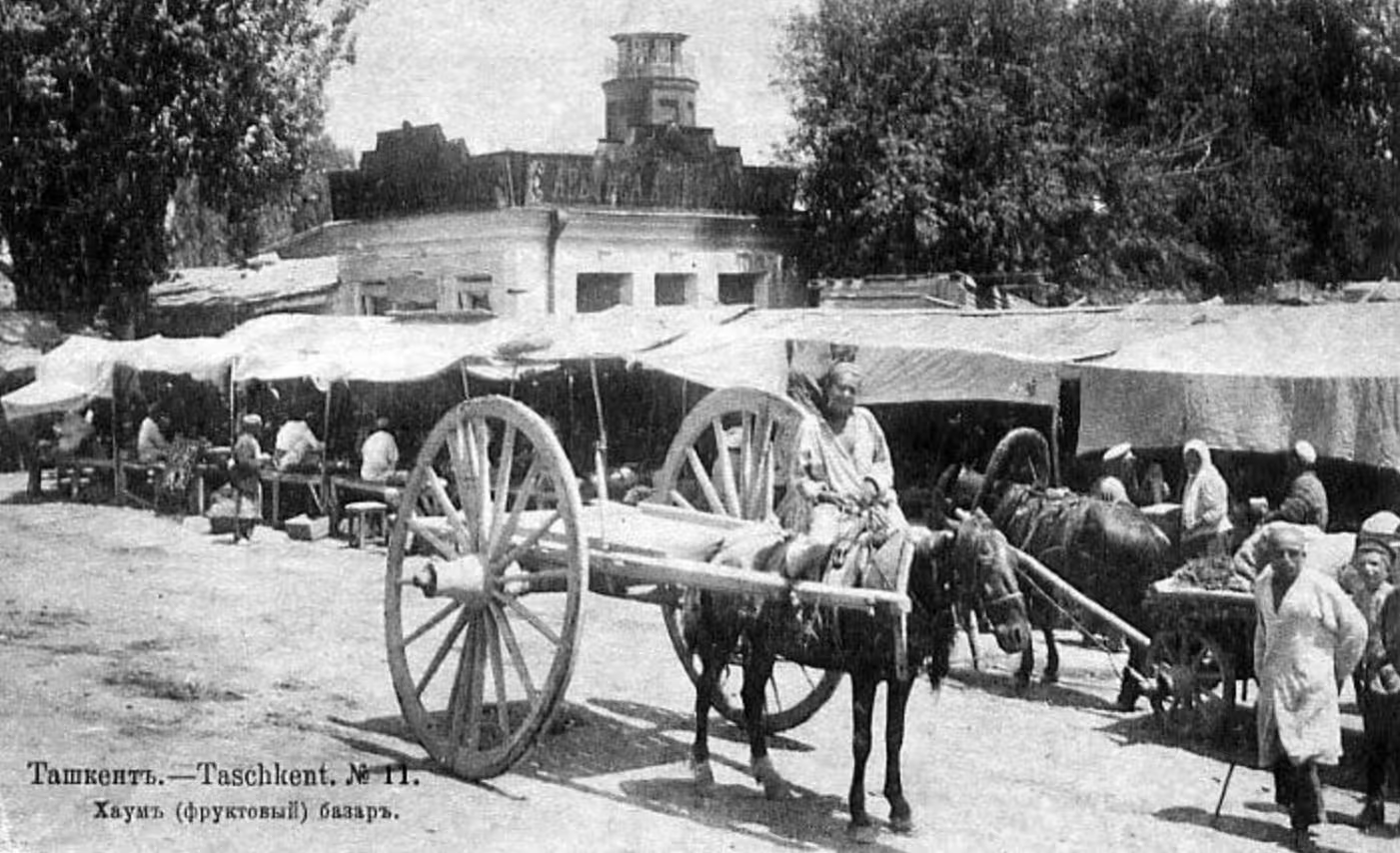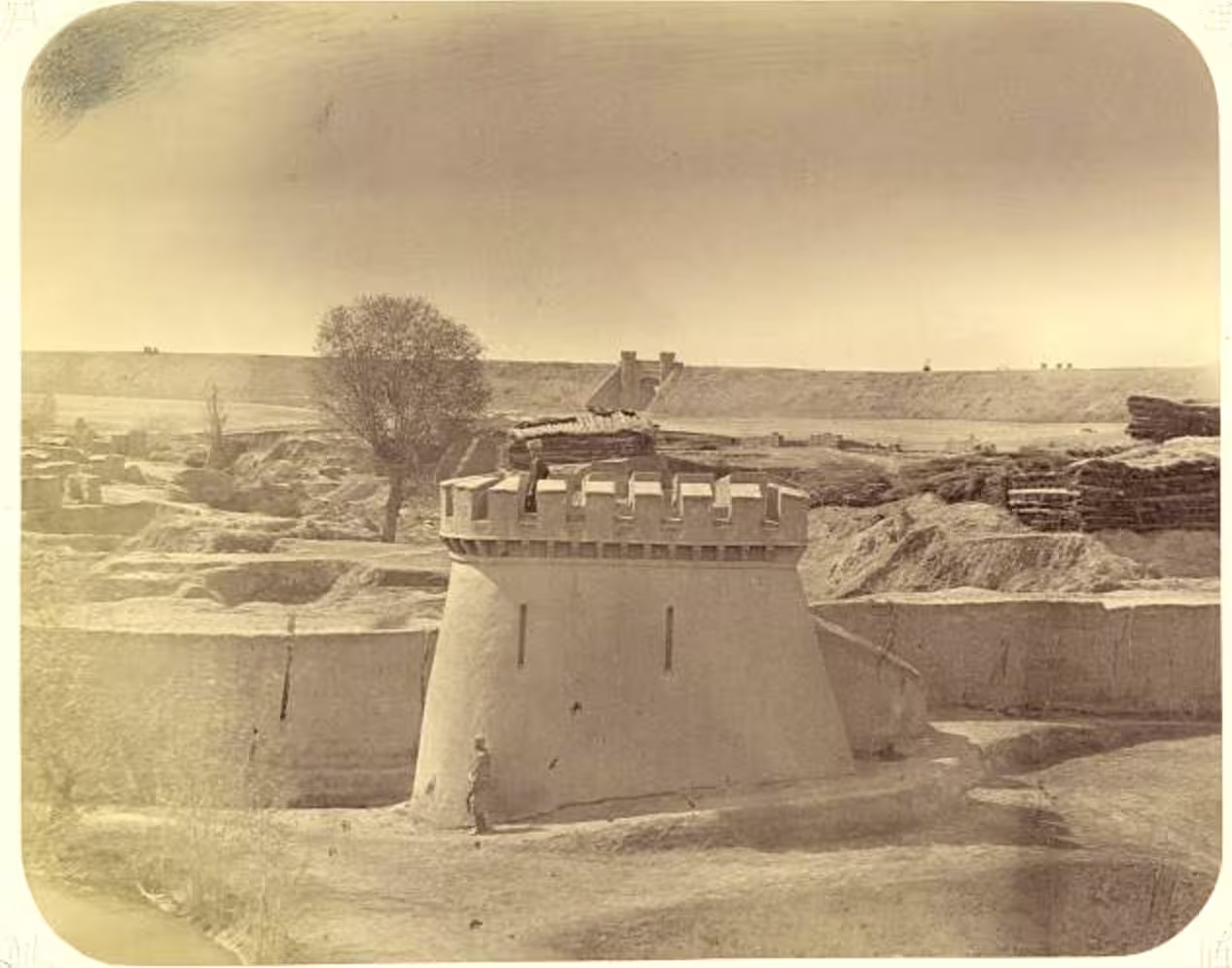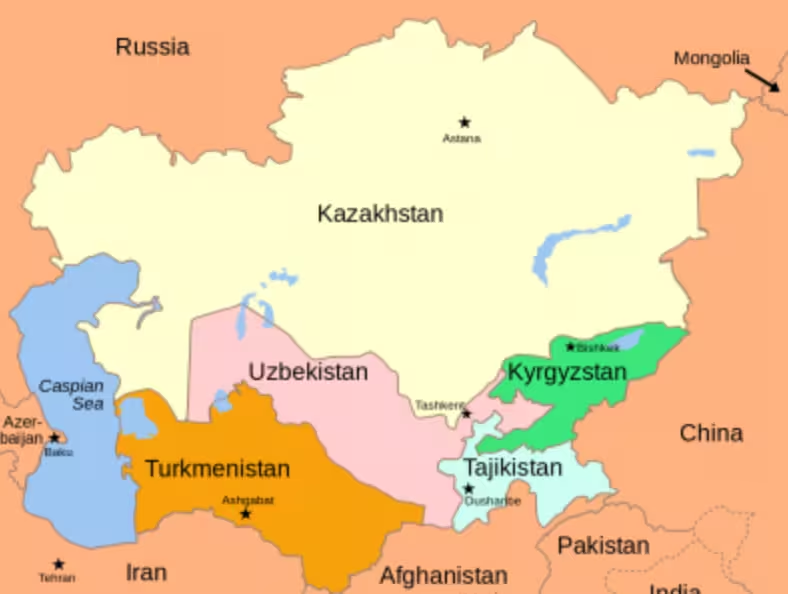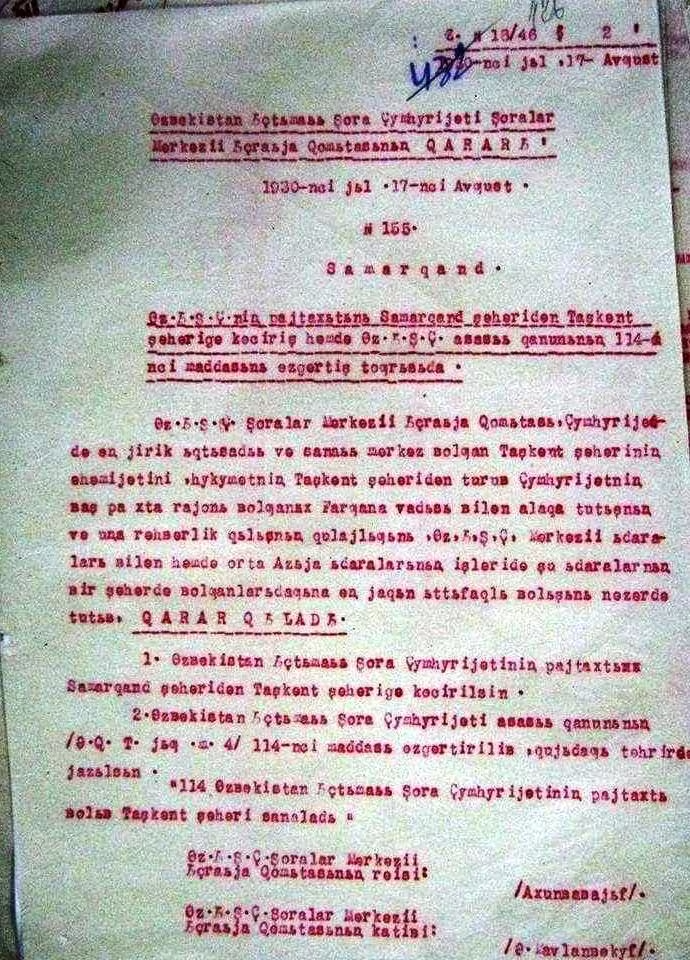Among Uzbekistan's most significant political and administrative decisions, the transfer of the capital from Samarkand to Tashkent holds a unique place. Nearly a century later, questions remain about why this monumental shift occurred in just one day. In this article, we explore the motivations behind the decision, its social, political, and economic impact, and its lasting significance.

The Formation of the Uzbek SSR
As Doctor of Historical Sciences, Professor Kahramon Rajabov notes in his book, the First Constituent Congress of All Uzbek Soviets took place from February 13 to 17, 1925, in a specially built People's House in Bukhara. On February 17, the congress adopted a declaration establishing the Uzbek Soviet Socialist Republic (Uzbek SSR), which was subsequently "voluntarily" incorporated into the Soviet Union.
The newly formed Uzbek SSR encompassed Tashkent, Samarkand, Fergana, Kashkadarya, Zarafshan (Bukhara), Surkhandarya, Khorezm regions, and the Tajik Autonomous Soviet Socialist Republic (Tajik ASSR). At the time, its total area was recorded as 184,836 km², though some sources cite 176,774 km². The population stood at approximately 4mn, excluding the territories and inhabitants of the Tajik ASSR and the Karakalpak Autonomous Republic.
According to Professor Kahramon Rajabov, when the Uzbek SSR was first established, Bukhara briefly served as its capital from February to April 1925. The capital was then relocated to Samarkand, which held this status from April 1925 to September 1930. Samarkand’s central location played a crucial role in unifying the newly formed republic and facilitating the work of Soviet institutions.
Once local governance structures were strengthened and their ties with central authorities solidified, the capital was moved again—this time to Tashkent, the republic’s economic, political, and cultural hub. On September 20, 1930, Fayzulla Khojayev, then Chairman of the Uzbek SSR government, orchestrated the transfer of the capital from Samarkand to Tashkent in a single day, as Rajabov details in his book.

Why Was the Capital Moved?
The decision to move the capital to Tashkent remains a topic of debate, with various theories and speculations surrounding it. One widely repeated claim is that Fayzulla Khojayev made the move in response to Soviet leader Joseph Stalin’s alleged plan to transfer Tashkent to Kazakhstan.
Before 1924, Tashkent served as the administrative center of the Syrdarya region, which was linked to Kazakhstan (then the Kyrgyz ASSR, later the Kazakh ASSR). At the time, no other city in Central Asia matched Tashkent’s level of development. Recognizing this, the Kazakh government reportedly sought to make Tashkent its capital and even submitted a request to Stalin.
However, some historians argue that Moscow itself was the first to oppose the transfer of Tashkent to Kazakhstan. At the time, several key Soviet institutions, including the Central Committee of the Communist Party of the Soviet Union, the Central Asian Economic Council, the Turkestan Front, and the Central Asian Military District, were based in Tashkent, making it a strategic administrative hub for controlling the newly formed Central Asian republics.

Additionally, the Kremlin deliberately positioned the capitals of Central Asian republics near their borders rather than at their geographic centers. This strategy aimed to ensure that, in the event of any move toward independence, Soviet forces could swiftly regain control. As a result, Stalin ultimately decided to keep Tashkent under the administration of the Uzbek SSR.
At this point, it is worth recalling a historical parallel. When Mustafa Kemal Atatürk, the founder of the Republic of Turkey, decided to move the capital from Istanbul to Ankara, many opposed the decision. In response, he famously stated, “Having the capital on the border is like having the heart on the little finger.”
Applying this logic to Uzbekistan, we can see on the map that Tashkent is situated at the northeastern edge of the republic, bordering Kazakhstan to the north, Kyrgyzstan to the east, and Tajikistan to the south. Naturally, this raises important questions regarding the security and strategic positioning of the capital.

Tashkent’s Advantage
Official records cite the optimization of regional governance as the primary reason for moving the capital from Samarkand to Tashkent. However, deeper strategic factors also played a role.
Economic Feasibility
The Fergana Valley was a crucial economic hub for the Uzbek SSR. Having the capital nearby facilitated better resource management and streamlined production processes. Tashkent served as a key connector between the valley and the rest of the republic.
Infrastructure Strength
Unlike Samarkand, Tashkent already had well-developed infrastructure, including railways and an extensive transport network. This made it a more suitable choice for fostering regional growth and administrative efficiency.

Geopolitical Considerations
While Samarkand boasted a rich history and cultural heritage, Tashkent was viewed as a more modern and strategically positioned center, better suited to integrate into the evolving political landscape of the Soviet era.
As part of the administrative reorganization, Tashkent was eventually divided. The main part of the city was incorporated into the Uzbek SSR, while portions of the surrounding Syrdarya region, including the lands around present-day Turkestan and Shymkent, were transferred to Kazakhstan.
In the following decades, Kazakhstan shifted its focus toward developing its own political and economic hubs. Almaty became the capital, serving as the country's administrative center for much of the Soviet period, before the capital was moved to Astana.
Follow Daryo's official Instagram and Twitter pages to keep current on world news.
Comments (0)